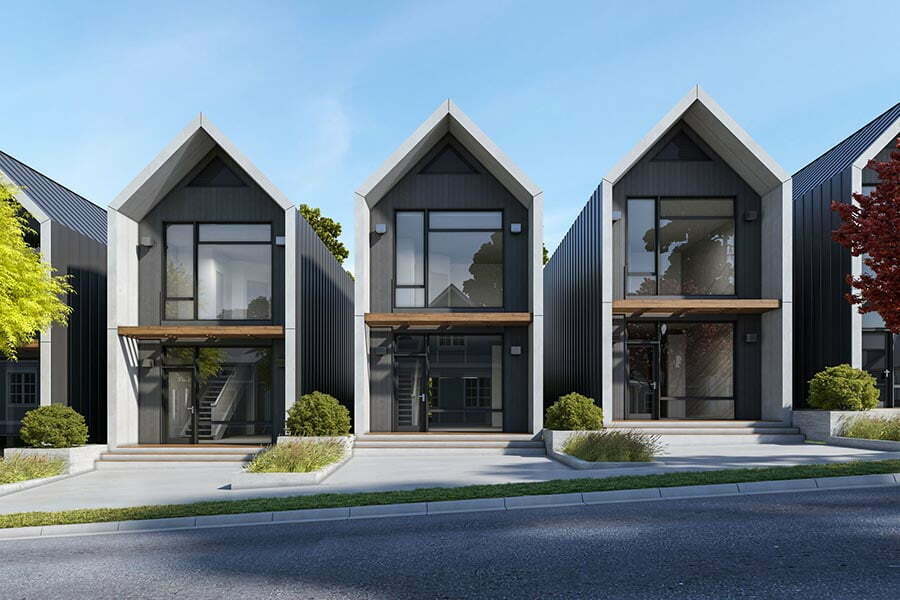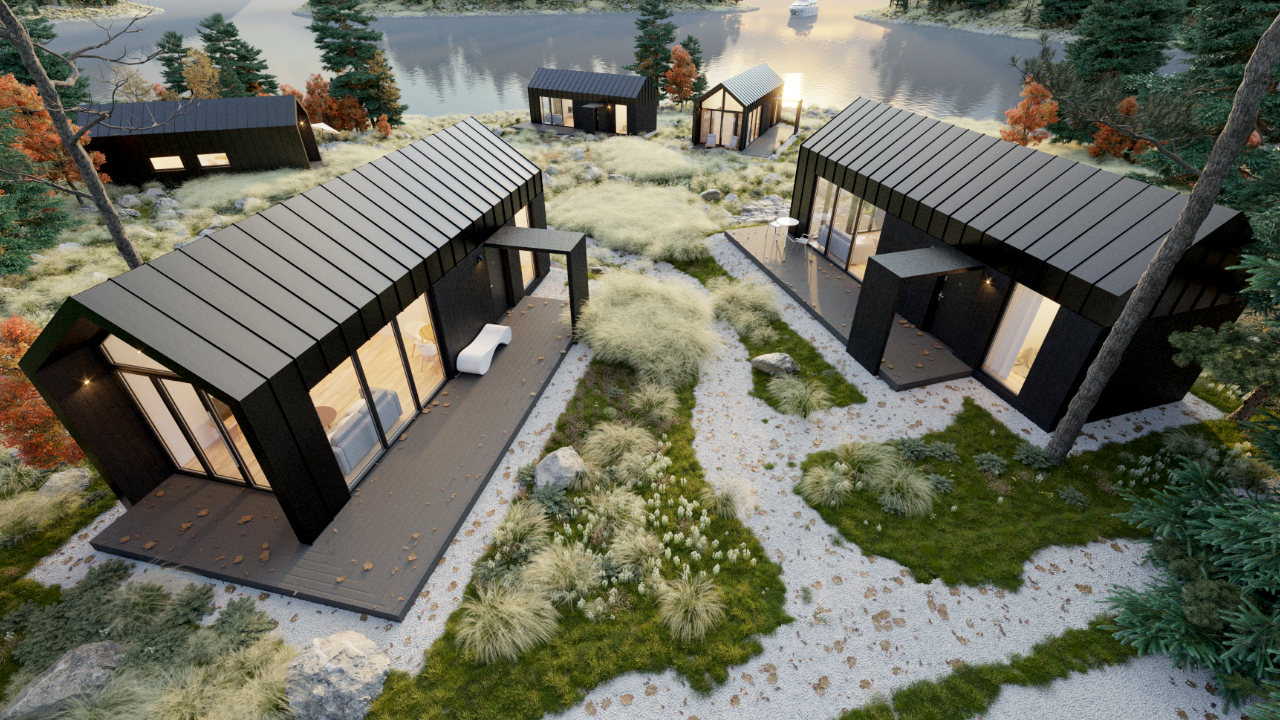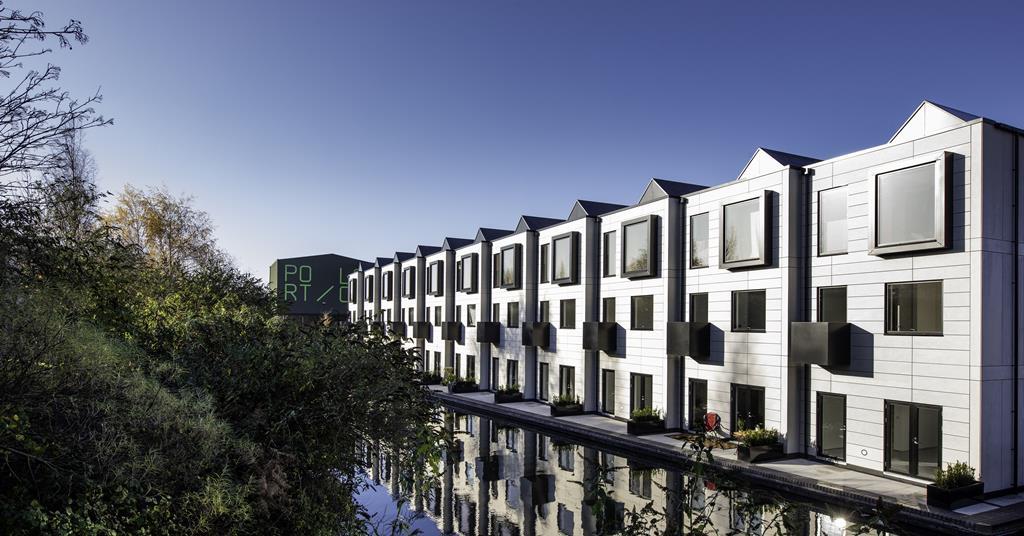
Green Modular Construction: Future-Proofing Homes for Sustainability
The concept of Green modular construction is revolutionizing the home industry. As we strive for a more sustainable future, homeowners and builders alike are exploring eco-friendly, efficient methods to create beautiful, functional living spaces. In this article, we delve into how Green modular construction is shaping the future of home building.

What is Green Modular Construction?
Green modular construction involves the creation of homes in sections or ‘modules’. These modules are built in a factory setting and then transported to the construction site for assembly. This method contrasts with traditional construction techniques, which often occur entirely on-site. The emphasis on green practices ensures that the materials used and the process itself minimize environmental impact.
Benefits of Green Modular Construction
Environmental Impact
One of the most significant advantages of Green modular construction is its reduced environmental footprint. The controlled environment of a factory allows for better waste management and recycling of materials. Furthermore, the precision of factory assembly enhances energy efficiency, as homes are built with exact measurements that enhance insulation and reduce energy loss.
Speed and Efficiency
Another key benefit is the speed at which modular homes can be constructed. Building modules off-site can occur concurrently with site preparation, significantly reducing project timelines. The efficiency in both time and resources often results in cost savings, making it an attractive option for potential homeowners.
Differences between Traditional and Modular Construction
Traditional construction methods often require longer timelines and can be more susceptible to weather-related delays. In contrast, Green modular construction offers a more predictable timeline as approximately 80% of the construction is completed in a controlled factory environment. This means that adverse weather conditions have a limited impact on production schedules.
The Design Flexibility of Green Modular Homes
Many people mistakenly believe that modular homes offer limited design options. However, advances in construction technology allow for significant customization. From modern minimalist designs to traditional aesthetics, the possibilities are nearly endless. Moreover, modular homes can incorporate innovative technologies, such as solar panels and smart home systems, to enhance both comfort and sustainability. For inspiration, visit modular home design.
Key Components of Sustainable Modular Homes
- Insulation and Energy Efficiency: Green modular homes prioritize energy efficiency with high-quality insulation and energy-efficient windows and doors.
- Water Conservation: These homes can integrate water-saving fixtures and rainwater harvesting systems to minimize water use.
- Materials: Builders use sustainable materials like bamboo flooring and recycled steel to reduce environmental impact further.
Challenges in Modular Construction
Despite many advantages, Green modular construction faces challenges such as the availability of skilled labor and the logistics of transporting large modules. However, as the industry grows, these challenges are increasingly being addressed with innovative solutions.
Case Studies: Successful Green Modular Projects
Numerous successful projects around the globe showcase the potential of Green modular construction. For instance, a community development initiative in the Netherlands uses modular homes to create affordable and sustainable housing. Similarly, modular homes in Canada have been designed to withstand freezing temperatures, utilizing energy-efficient heating systems.
The Future of Green Modular Construction
The outlook for Green modular construction is unprecedented. As demand for sustainable homes increases, innovations in modular technology will continue to evolve. These advancements promise more affordable, personalized, and environmentally friendly homes for everyone.
Conclusion
At the intersection of sustainability and innovation, Green modular construction offers a bright future for the housing industry. By reducing waste, enhancing efficiency, and offering design flexibility, it meets the needs of today’s environmentally conscious consumers. As more people become aware of its benefits, this method of construction will likely become a cornerstone of sustainable architecture.
FAQs about Green Modular Construction
How does green modular construction promote sustainability?
This construction method minimizes waste, utilizes sustainable materials, and is energy-efficient, which promotes environmental conservation.
Are modular homes more expensive than traditional homes?
While initial costs may be comparable, the efficiency and reduced construction times often lead to savings in the long run.
What are the design possibilities with modular homes?
Modern modular homes offer great design flexibility, from traditional to contemporary styles, and can integrate the latest technologies.

Learn More
Discover more about how modular housing is transforming urban landscapes by checking out the Modular Housing Topic on ArchDaily.
This article contains affiliate links. We may earn a commission at no extra cost to you.